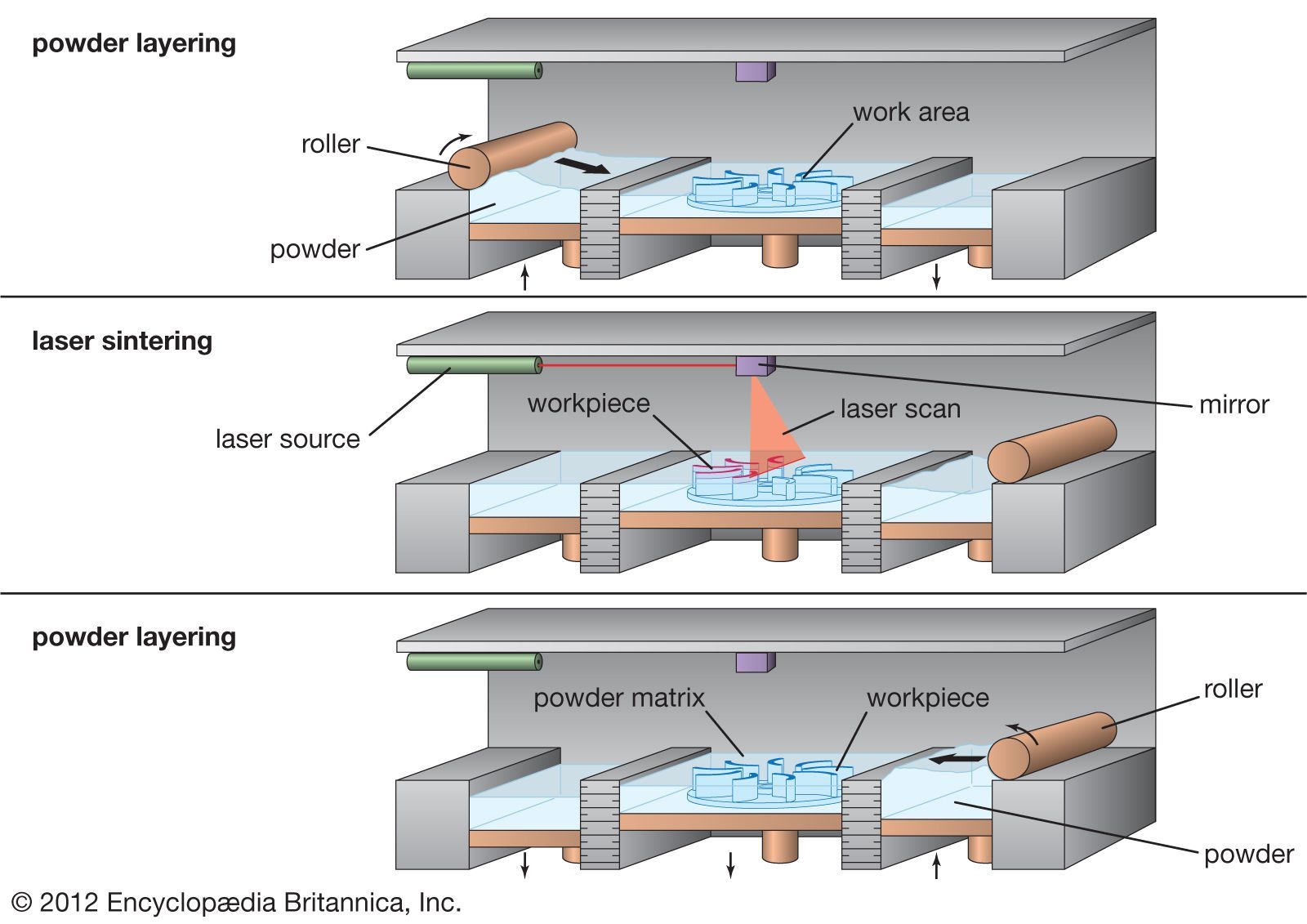Over the past few decades, 3D printing technology has revolutionized the manufacturing and prototyping industries. What was once considered a futuristic concept is now a practical and efficient tool that is transforming the way products are designed, developed, and produced. In this article, we will explore the impact of 3D printing on manufacturing and prototyping, and how this technology is reshaping the future of production.
Increased Efficiency and Cost Savings
One of the key benefits of 3D printing is its ability to significantly increase efficiency and reduce costs in the manufacturing process. Traditional manufacturing methods often require expensive molds, tooling, and equipment, as well as lengthy production times. With 3D printing, products can be manufactured on demand, without the need for complex setups or large quantities of materials.
By using 3D printing technology, manufacturers can create prototypes and produce small batches of products quickly and cost-effectively. This not only speeds up the production process but also allows for greater flexibility and customization in product design. Companies can iterate on designs more rapidly, test new ideas, and bring products to market faster than ever before.
Enhanced Design Capabilities
Another major impact of 3D printing on manufacturing and prototyping is the enhanced design capabilities that this technology offers. Traditional manufacturing methods often have limitations when it comes to complex geometries and intricate designs. 3D printing, on the other hand, allows for the creation of intricate shapes and structures that would be impossible to produce using traditional methods.
Designers and engineers can take advantage of 3D printing to create prototypes with complex internal structures, lightweight designs, and custom-fit components. This opens up a world of possibilities for product innovation and optimization, leading to better-performing, more efficient, and more marketable products.
Reduction of Waste and Environmental Impact
With sustainability becoming an increasingly important consideration for manufacturers, 3D printing offers a more eco-friendly alternative to traditional manufacturing methods. 3D printing technology produces minimal waste, as it only uses the exact amount of material required to create a product.
Additionally, 3D printing can utilize recycled materials, further reducing the environmental impact of manufacturing processes. By reducing waste and energy consumption, 3D printing helps companies minimize their carbon footprint and work towards more sustainable production practices.
Future Outlook
As 3D printing technology continues to advance and become more accessible, its impact on manufacturing and prototyping will only continue to grow. The ability to quickly create prototypes, customize products, and reduce waste makes 3D printing an invaluable tool for companies looking to stay competitive in an ever-changing market.
With ongoing research and development in materials science, engineering, and software, we can expect to see even more innovative uses of 3D printing in the future. From medical devices to aerospace components to consumer products, the potential applications of 3D printing are virtually limitless.
Conclusion
In conclusion, the impact of 3D printing on manufacturing and prototyping cannot be overstated. This technology has revolutionized the way products are designed, developed, and produced, offering increased efficiency, enhanced design capabilities, and reduced environmental impact. As 3D printing technology continues to evolve, we can expect to see even more groundbreaking advancements in the field of manufacturing and prototyping.

